Ancient City of Perge Antalya
The Ancient City of Perge is located 18 km east of Antalya, within the borders of Aksu district. It is an important archaeological site that bears the traces of the Hellenistic and Roman periods. Believed to have existed during the Hittite period and known as "Parha," the city became one of the most orderly cities of Anatolia during the Roman era. Considered one of the most magnificent ancient cities of the Pamphylia region, Perge fascinates visitors with its rich historical texture, monumental structures, and impressive architecture.
The history of Perge dates back to 1200 BC. It is believed that the city was founded by the Achaeans who settled here after the Trojan War. One of the reasons why Perge is so significant is that it is one of the largest ancient cities that have survived to the present day. Due to the historical artifacts discovered here holding great importance in the history of civilization, Perge has been included in the UNESCO World Heritage Tentative List.
The city plan of Perge is based on two main streets, one running east-west and the other north-south. The theater, which has a capacity of approximately 13,000 spectators, is remarkably well-preserved. The carefully decorated two-story stage building, located opposite the seating area, was built in the 2nd century AD. The artifacts discovered here are exhibited in the "Perge Theater Hall" of the Antalya Museum.
The stadium within the ancient city of Perge, with a massive capacity of 12,000 people, is one of the largest and best-preserved stadiums of the ancient world. It was used for athletic competitions and gladiator fights. The city’s commercial hub, the marketplace (Agora), is surrounded by columns and offers a wide area where the remains of shops can be seen.
Additionally, the city contains well-preserved Roman baths with heating systems and mosaics. The main street of the ancient city is an architectural marvel, lined with columns on both sides, and a water channel runs through the middle of the street.
At the entrance of the city stands the "Hellenistic Gate," built during the Hellenistic period and later modified during the Roman era. The people of Perge placed great importance on water culture, as evidenced by the monumental fountain called the Nymphaeum, which was supplied by the Kestros (Aksu) River, one of the city's major water sources.
Excavations in Perge began in 1946, and numerous significant artifacts have been unearthed to date. The sculptures and other archaeological findings discovered in Perge are exhibited in the Antalya Museum, making Perge one of the most important centers of sculpture art in Anatolia.
Entrance Fee: Free with a Museum Pass.
Visiting Hours:
Summer Period (April 1 - October 1): 08:00 - 19:00
Winter Period (October 31 - April 1): 08:00 - 17:00
Address: Barbaros Neighborhood, Perge Street, Aksu/Antalya
Transportation: Visitors can reach the ancient city by public buses and minibusses from Antalya city center to Aksu district. The ancient city is located a short distance from Aksu.

 English
English
 Türkçe
Türkçe
 русский
русский

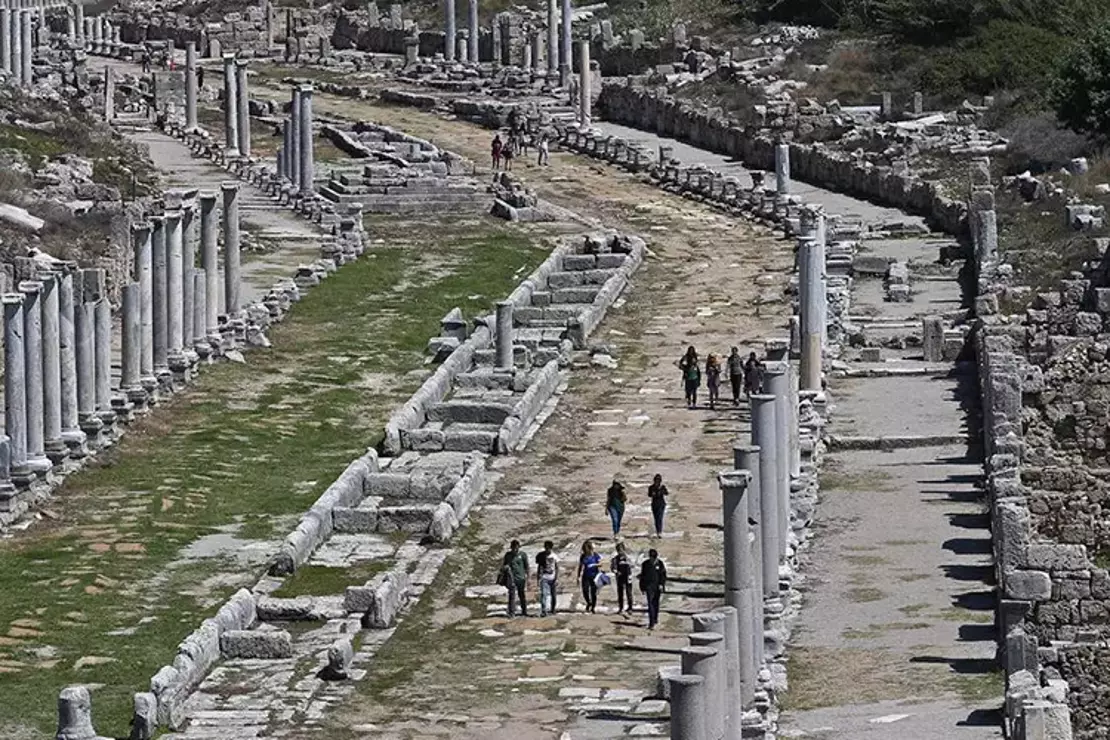
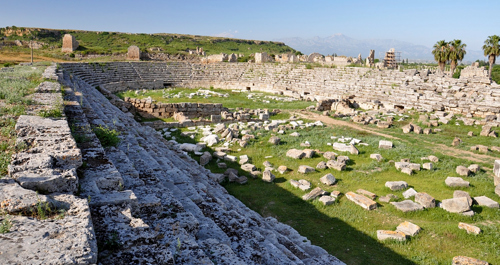

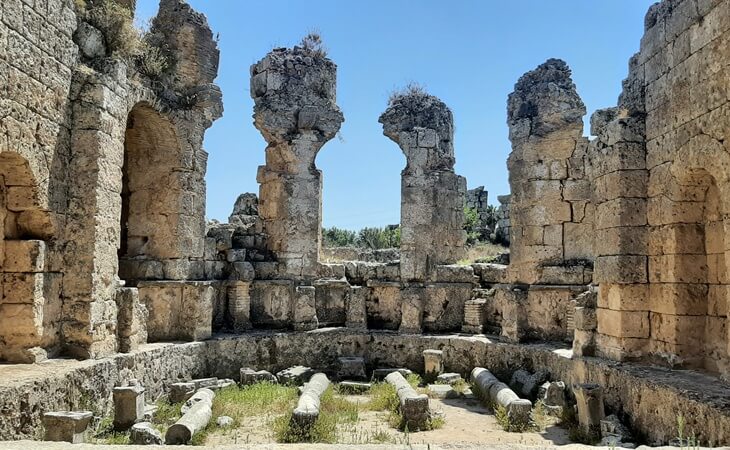
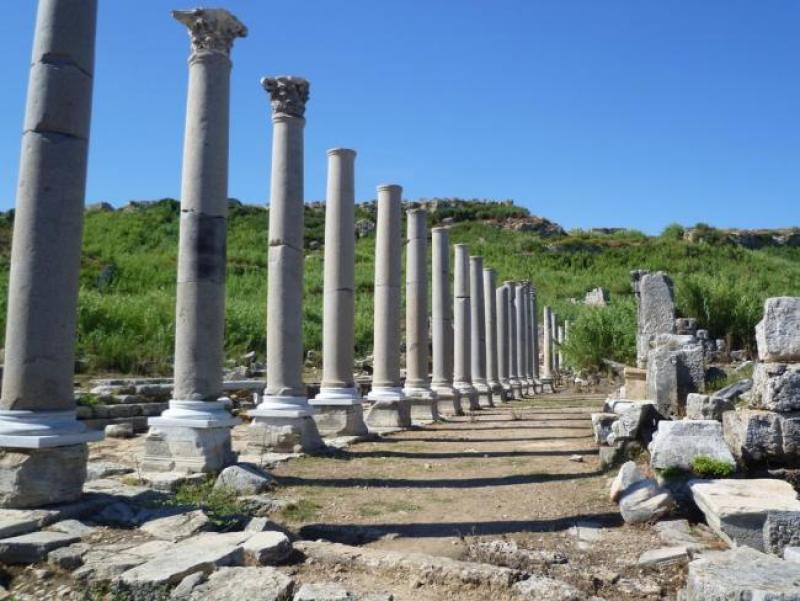
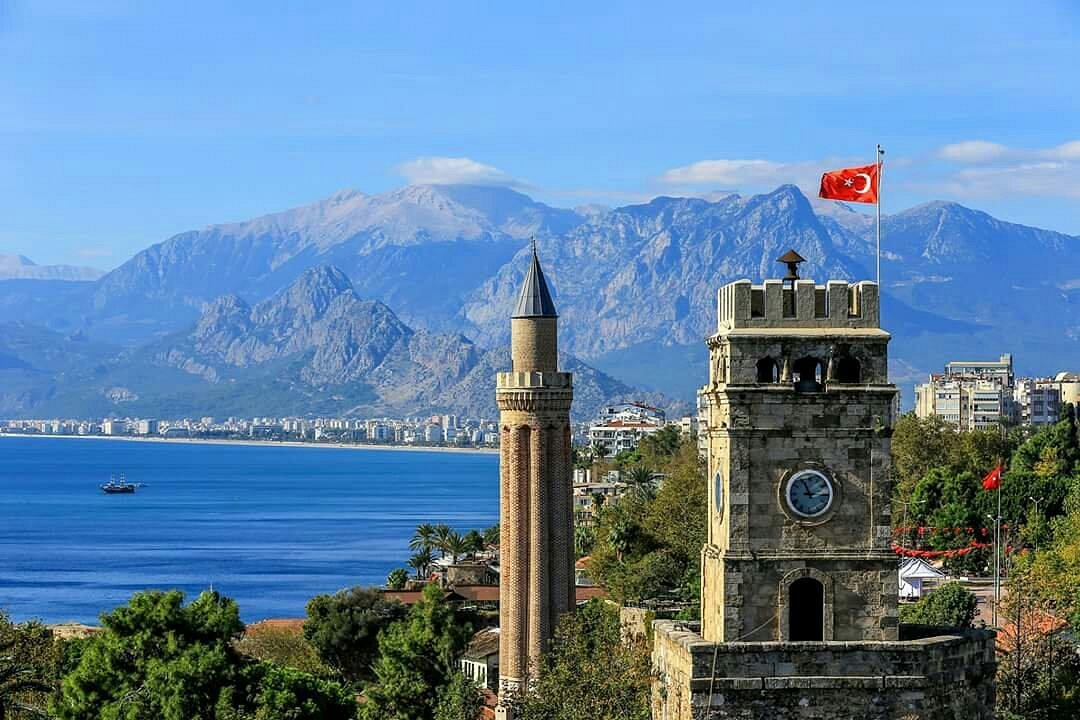



 Home
Home
 Services
Services
 Map
Map
 Competitions
Competitions
 My Account
My Account

